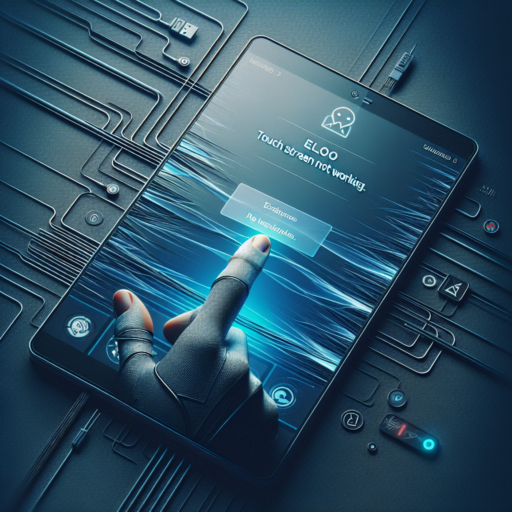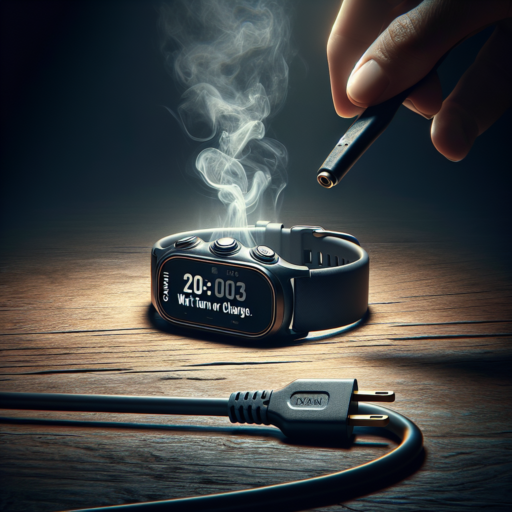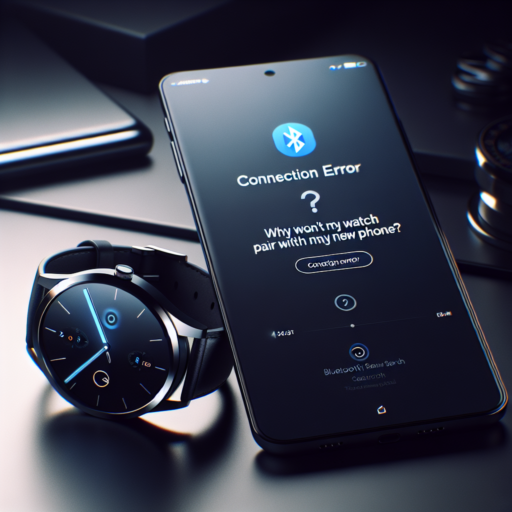How do I enable my Elo touch screen?
Enabling an Elo touch screen involves a few straightforward steps to ensure your device is ready for use. Whether it’s for enhancing your interactive experience in a retail environment or making your workspace more efficient, the setup process is crucial for optimal performance.
Installing the Correct Drivers
First and foremost, ensuring that the correct drivers are installed on your computer is essential. Visit the official Elo website and navigate to the Support section to find the drivers specific to your model. After downloading, run the installer and follow the on-screen instructions to complete the installation process. This step is pivotal for the touch screen functionality to work seamlessly with your operating system.
Configuring the Touch Screen Settings
Once the drivers are installed, you might need to configure the touch screen settings. This can usually be done through the Elo Touchscreen control panel installed along with your drivers. Here, you can calibrate your screen for precise touch accuracy, adjust the touch intensity, and customize various other settings tailored to your needs. Accessing this panel can vary depending on your operating system, so refer to the user manual or online support for guidance.
Remember, keeping your Elo touch screen drivers updated is crucial for maintaining optimal performance and compatibility with new software and operating systems. Regularly check for driver updates on the Elo website to ensure your touch screen runs smoothly.
How do I calibrate my Elo touch screen?
Calibrating your Elo touch screen is a straightforward process that ensures your device responds accurately to touch inputs. It’s essential to perform calibration to enhance the touch screen’s performance, especially if you notice alignment issues or inaccuracies when touching items on the screen. The calibration process can vary slightly depending on the specific model of your Elo touch screen, but general steps apply broadly.
Accessing the Calibration Tool
Firstly, access the Elo calibration tool, which is usually pre-installed on devices with Elo touch technology. You can find this tool within your computer’s settings or control panel. Look for an application or control setting labeled something similar to «Elo TouchScreen» or «Elo Configuration». If you’re unable to locate the tool, visit the Elo Touch Solutions website for further assistance or to download the calibration software.
Performing the Calibration
Once you’ve launched the calibration tool, follow the on-screen instructions. You will be prompted to touch several points on the screen to calibrate the touch accuracy. It’s essential to be precise and tap the exact center of the calibration marks. Avoid rushing through these steps, as taking your time can significantly improve the touch screen’s accuracy. After completing the calibration points, the software may automatically apply the settings, or you might need to select an option to save the changes. In some cases, a system reboot is recommended to ensure the new calibration settings take effect properly.
Maintaining the accuracy of your Elo touch screen through regular calibration is key to optimal performance. If you encounter ongoing issues or inaccuracies after calibration, inspect the screen for physical obstructions or damage and review the touch screen settings in your system. Occasionally, recalibrating or resetting the device to factory settings might be necessary to resolve persistent issues.
No se han encontrado productos.
How to fix POS touch screen not working?
Having trouble with your Point of Sale (POS) touch screen is a common yet frustrating issue for many retail and hospitality businesses. Fortunately, there are several strategies you can employ to troubleshoot and resolve the problem. Before seeking professional help, there are a few steps you can take to potentially fix the issue yourself.
Checking the Hardware Connections
First and foremost, it’s critical to ensure that all hardware connections are secure. Loose or disconnected cables can often be the root cause of a POS system’s touch screen not functioning correctly. Turn off your system, unplug and then firmly reconnect all the cables associated with your touch screen. Pay special attention to the USB or serial cables that directly connect your touch screen to the computer or main POS terminal.
Calibrating the Touch Screen
If the hardware connections are secure and the problem persists, the next step is to calibrate the touch screen. Calibration is essential for improving the accuracy of the touch screen. Access your POS system’s Control Panel, navigate to the «Hardware and Sound» settings, and select the calibration tool for touch screens. Follow the on-screen instructions to recalibrate your device. This process can help rectify any misalignment issues causing the touch screen’s unresponsiveness.
Remember, regular maintenance and updates are crucial for the longevity and optimal performance of your POS system. If after these steps your POS touch screen still isn’t working, it might indicate a more serious hardware issue, requiring professional attention or replacement.
How do I enable touch screen?
Enabling the touch screen function on your device can enhance your interaction with your applications and overall user experience. Whether you’re using a Windows 10 device, a Mac, or a Chromebook, many users find themselves searching for ways to activate this feature. This article will guide you through the basic steps to enable the touch screen on your device.
For Windows 10 Users
To activate the touch screen on a Windows 10 device, you will first need to access the Device Manager. This can be done by right-clicking the Start button and selecting «Device Manager» from the list of options. Look for the «Human Interface Devices» section and expand it. Here, find the «HID-compliant touch screen» and right-click on it. If the touch screen is disabled, you will see an option to Enable it. Click on «Enable» and restart your device to apply the changes.
For Mac Users
While traditional macOS devices do not support touch screen functionality, certain auxiliary devices and monitors may offer touch capabilities when used with a Mac. For these devices, ensure that the touch screen monitor or peripheral is correctly connected to your Mac. Then, visit the manufacturer’s website to download any necessary drivers or software needed to enable the touch screen feature. Installation and setup instructions will vary by device, so follow the manufacturer’s guidelines closely.
For Chromebook Users
Enabling the touch screen on a Chromebook is straightforward. Navigate to the Settings menu by clicking on the time in the bottom right corner and then selecting the gear icon. In the Settings menu, look for the «Device» section and then click on «Touchpad and touch screen». Here, you will see options related to the touch screen, including an option to Enable or Disable it. Toggle it on to enable touch screen functionality, and your changes should take effect immediately without needing a restart.




